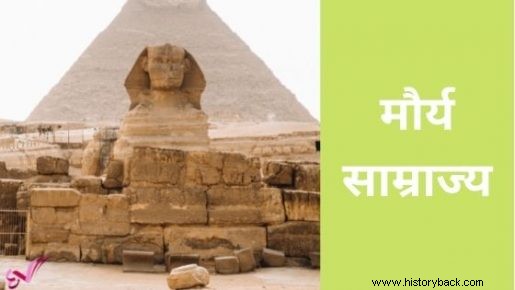Today in this article we are going to tell you about the Maurya Empire, which will help us in our exams, which is very important. 
Mauryan Empire
Chandragupta Maurya (322 BC- 228 BC)
With the help of maps, he overthrew the ruler of Nanda dynasty, Dhananand and established the Maurya Empire. Seleucus sent Megasthenes as his ambassador to the court of Chandragupta. Sandrocotts was first identified as Chandragupta by William Jones. Chandragupta Maurya took initiation from the Jain monk Bhadrabahu in his last days and gave up his life at Shravanabelagola through Kaya tribulation.
Bindusara (298 BC- 272 BC)
Bindusara is also known as Amitraghat. He was a follower of Ajivak sect. Bindusara had sought Antiochus fig Mandira and a philosopher who could accompany Syria.
Gupta Empire
Ashok (273 BC- 232 BC)
Ashoka is especially famous for the religion propounded for the moral upliftment of his subjects.
Ashoka attacked and conquered Kalinga in the 8th year of his rule (261 BC). Seeing you heavy blood in the war with Kalinga, Ashoka followed the policy of religion, leaving the war policy.
Ashoka adopted Buddhism after being influenced by his elder brother Suman's son Nigrodha. Later Upagupta initiated him into Buddhism. The definition of Ashoka's religion is taken from Rahulovadasutta.
The information about Ashoka's Kalinga war and change of heart comes from his 31st inscription.
Ashoka established his official and state orders in different parts of the empire by inscription on the inscription. This inscription is in Brahi, Kharosthi, Aramaic and Greek scripts.
The Ashokan inscriptions were first unearthed by T. Fanthaler and James Prinsep was the first to read it.
High level officials in the Maurya Empire were called Tirthas, whose number is said to be 18. The Arthashastra of Kautilya (Chanakya) and Indica of Megasthenes give special information about the Maurya Empire.
